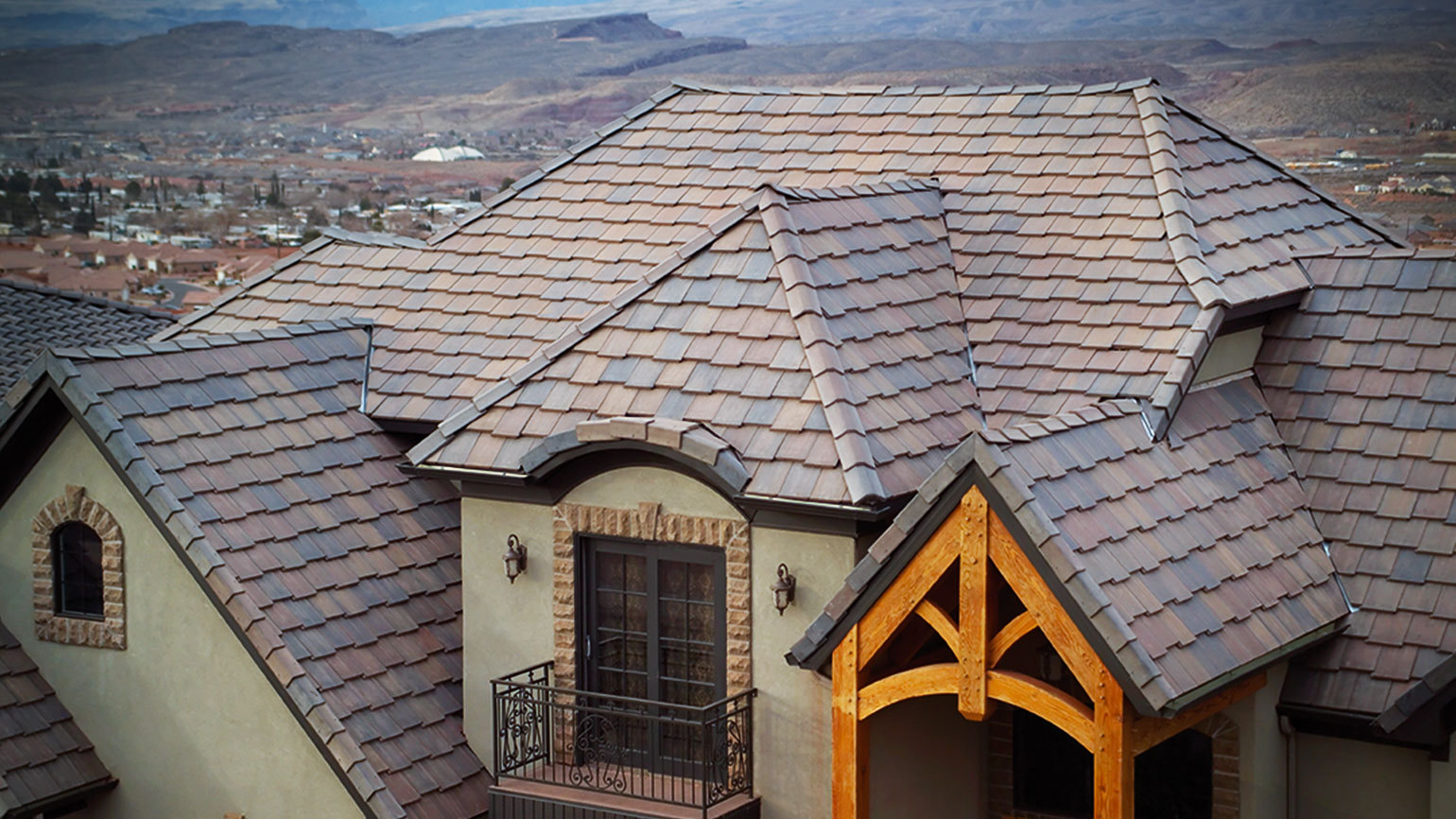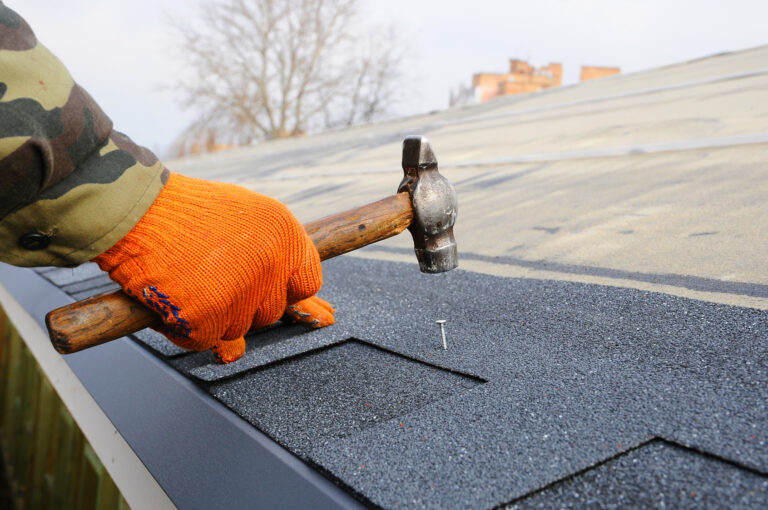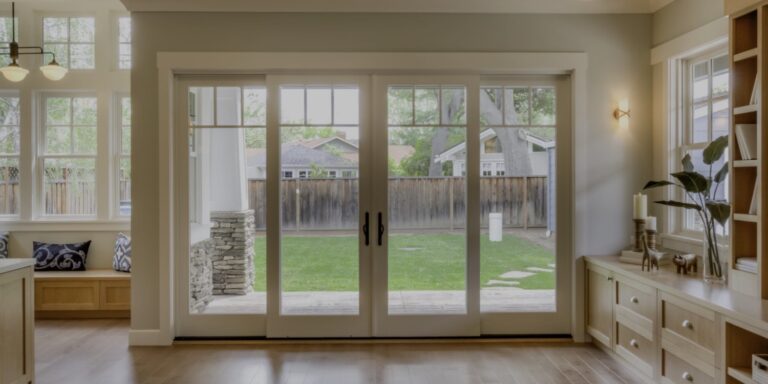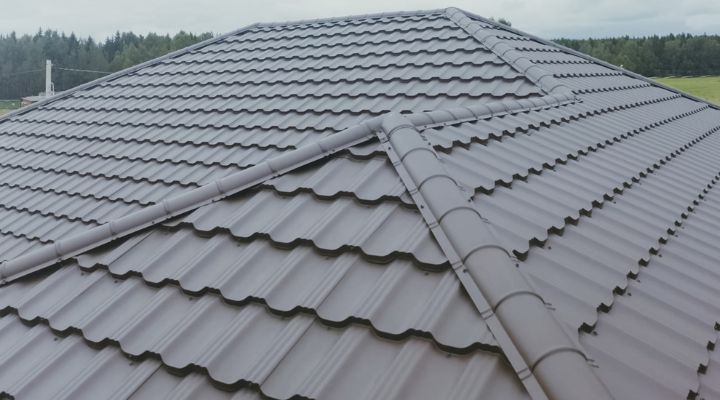The Ultimate Guide to Choosing the Best Roofing Material for Your Home
Choosing the right roofing material for your home is like picking the perfect outfit for a special occasion. It’s got to look good, but it also needs to be practical and durable. Your roof is one of the most critical components of your home, protecting you and your family from the elements. So, making the right choice can save you money, time, and a lot of headaches in the long run. In this guide, we’ll walk you through everything you need to know about selecting the best roofing material for your home.
Factors to Consider When Choosing Roofing Material
Climate and Weather Conditions
The weather in your area plays a massive role in determining the best roofing material. For instance, if you live in a region with heavy snowfall, you’ll need a roof that can withstand the weight. Conversely, in hot climates, materials that reflect sunlight and provide good insulation are essential.
Longevity and Durability
You want a roof that lasts, right? Different materials have varying lifespans. Asphalt shingles might last 20-30 years, while metal roofing can endure for 50 years or more. Think about how long you plan to stay in your home and choose accordingly.
Aesthetics and Architectural Style
Your roof should complement the overall look of your house. Traditional homes might look best with wood shakes or slate, while modern homes can rock metal roofing. Consider the color, texture, and style that will enhance your home’s curb appeal.
Cost and Budget
Roofing can be a significant investment, so it’s crucial to balance quality with affordability. Asphalt shingles are generally the most budget-friendly, while materials like slate or metal can be pricier. Factor in not just the initial cost, but also long-term maintenance expenses.
Energy Efficiency
Some roofing materials can help reduce your energy bills by keeping your home cooler in the summer and warmer in the winter. Look for materials with high energy efficiency ratings if this is a priority for you.
Environmental Impact
If you’re environmentally conscious, you’ll want to consider the sustainability of your roofing materials. Options like metal roofing are often made from recycled materials and are fully recyclable at the end of their life. On the other hand, asphalt shingles are less eco-friendly but still a popular choice.
Popular Types of Roofing Materials
Asphalt Shingles
Pros and Cons
Asphalt shingles are the most common roofing material in the US. They are affordable, easy to install, and come in a variety of colors and styles. However, they have a shorter lifespan compared to other materials and aren’t the most eco-friendly option.
Ideal Uses
These are great for budget-conscious homeowners or those needing a quick roofing solution. They work well in various climates but may not be the best choice for extreme weather conditions.
Metal Roofing
Pros and Cons
Metal roofing is durable, long-lasting, and highly resistant to weather extremes. It’s also energy-efficient and environmentally friendly. On the downside, it can be noisy during rainstorms and is more expensive upfront.
Ideal Uses
Perfect for modern homes or areas prone to harsh weather. It’s an excellent choice if you’re looking for a long-term investment.
Wood Shingles and Shakes
Pros and Cons
Wood shingles and shakes offer a natural, rustic look and provide good insulation. However, they require more maintenance, can be susceptible to fire, and are pricier than asphalt.
Ideal Uses
Ideal for historic or rustic homes where aesthetics are a top priority. Not recommended for areas with high fire risk.
Clay and Concrete Tiles
Pros and Cons
Clay and concrete tiles are incredibly durable and can last over 50 years. They offer excellent resistance to fire and weather. However, they are heavy and require a strong roof structure to support them.
Ideal Uses
Best for Mediterranean, Spanish, or Southwestern-style homes. Suitable for areas with hot climates.
Slate Roofing
Pros and Cons
Slate is one of the most durable roofing materials available, with a lifespan that can exceed 100 years. It’s also very attractive and fire-resistant. The major drawback is its cost and the need for a highly skilled installer.
Ideal Uses
Perfect for luxury homes or those seeking a timeless, elegant look. Great for areas with varying weather conditions.
Synthetic Roofing Products
Pros and Cons
Synthetic materials, like rubber or polymer roofing, mimic the look of natural materials like slate or wood but are lighter and more affordable. They are durable and low-maintenance but may not have the same longevity as natural materials.
Ideal Uses
Good for homeowners who want the aesthetic appeal of natural materials without the high cost and weight. Suitable for most climates.
Detailed Comparison of Roofing Materials
Lifespan Comparison
- Asphalt Shingles: 20-30 years
- Metal Roofing: 40-70 years
- Wood Shingles and Shakes: 30-50 years
- Clay and Concrete Tiles: 50+ years
- Slate Roofing: 75-100+ years
- Synthetic Roofing Products: 30-50 years
Cost Comparison
- Asphalt Shingles: $3.50 – $5.50 per square foot
- Metal Roofing: $6.00 – $12.00 per square foot
- Wood Shingles and Shakes: $6.00 – $9.00 per square foot
- Clay and Concrete Tiles: $10.00 – $18.00 per square foot
- Slate Roofing: $15.00 – $30.00 per square foot
- Synthetic Roofing Products: $7.00 – $12.00 per square foot
Maintenance Requirements
- Asphalt Shingles: Low maintenance
- Metal Roofing: Low maintenance, occasional checks for dents
- Wood Shingles and Shakes: Regular maintenance to prevent rot and insect damage
- Clay and Concrete Tiles: Low maintenance, periodic inspections
- Slate Roofing: Low maintenance, professional inspections recommended
- Synthetic Roofing Products: Low maintenance
Environmental Impact
- Asphalt Shingles: Low recyclability
- Metal Roofing: High recyclability, often made from recycled materials
- Wood Shingles and Shakes: Natural, biodegradable, but may require harvesting of trees
- Clay and Concrete Tiles: Made from natural materials, high durability
- Slate Roofing: Natural, long-lasting, but energy-intensive to produce
- Synthetic Roofing Products: Varies, some made from recycled materials
Installation Considerations
DIY vs Professional Installation
While some roofing materials, like asphalt shingles, can be DIY-friendly, others, like slate or metal, require professional installation due to their complexity and weight. Always consider your skill level and the specific requirements of the material.
Common Installation Mistakes
Mistakes can lead to leaks, poor insulation, and reduced lifespan. Common errors include improper alignment, inadequate ventilation, and using the wrong nails or fasteners. Ensure you follow manufacturer guidelines or hire a professional.
Tips for a Successful Installation
- Research Thoroughly: Understand the requirements of your chosen material.
- Hire Experienced Professionals: For complex materials, choose a roofer with experience in that specific type.
- Follow Local Building Codes: Ensure your installation meets all local regulations and codes.
- Plan for the Weather: Schedule installation during a period of stable weather.
Maintenance and Care
Regular Inspection Tips
Inspect your roof at least twice a year, in spring and fall. Look for signs of damage, such as missing shingles, cracks, or moss growth. Address any issues promptly to prevent further damage.
Cleaning and Repair Guidelines
Keep your roof clean by removing debris like leaves and branches. For metal roofs, check for rust and repaint if necessary. For shingles, replace any damaged ones immediately. Avoid power washing as it can damage the roofing material.
How to Extend the Lifespan of Your Roof
- Proper Ventilation: Ensures your attic stays cool and dry.
- Regular Maintenance: Keeps your roof in good shape and prevents minor issues from becoming major problems.
- Gutter Maintenance: Clean gutters regularly to prevent water damage.
Conclusion
Choosing the best roofing material for your home is no small feat, but with the right information, you can make an informed decision that fits your needs, budget, and style. Consider the factors we’ve discussed, from climate to cost, and weigh the pros and cons of each material. A well-chosen roof will protect your home and enhance its beauty for years to come.
FAQs
How do I know when it’s time to replace my roof?
Look for signs like leaks, missing shingles, and significant wear and tear. If your roof is nearing the end of its expected lifespan, it’s time to consider a replacement.
Can I install a new roof over my old one?
In some cases, you can layer new shingles over old ones, but it’s not always recommended. It’s best to consult with a professional to assess your roof’s condition.
What is the most energy-efficient roofing material?
Metal roofing is often considered the most energy-efficient due to its reflective properties, which help reduce cooling costs.
How long does a typical roof last?
The lifespan varies by material. Asphalt shingles last 20-30 years, while metal can last 40-70 years, and slate can exceed 100 years.
How do I choose a reliable roofing contractor?
Look for contractors with good reviews, proper licensing, and insurance. Get multiple quotes and check references to ensure you’re hiring a reputable professional.






